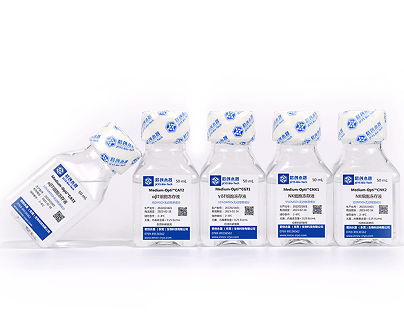Does cell cryopreservation fluid need to be preheated?
Date:2024-04-25 11:11:15
Views:0
Cell cryopreservation solutions generally do not require preheating. During cell freezing, the main cryopreservations used, such as freezing media containing DMSO (dimethyl sulfoxide), are usually cooled to 4°C or room temperature conditions prior to preparation and use. This is done mainly to minimize the effects of heat shock on the cells due to rapid temperature changes, as well as to control the permeation and toxicity of DMSO to the cells.
The specific steps are as follows:
Prepare the freezing solution: it usually contains 10% DMSO and 90% serum or serum substitute (e.g. serum-free medium). This freezing solution is usually kept refrigerated at 4°C prior to use or stored at room temperature for a short period of time.
Cell collection and processing: Cells should be centrifuged and resuspended using media that matches the temperature of the cryopreservation solution, usually pre-cooled.
Mixing cells and cryopreservation solution: add cell suspension slowly to the cryopreservation solution, gradual temperatures to mitigate temperature shock to the cells and toxicity of DMSO.

Freezing: usually overnight in a -80°C freezer, then transferred to a liquid nitrogen tank for long-term storage.
Therefore, the cryopreservation solution does not need to be preheated, but rather cooled and treated to protect the cells and ensure freezing. If there is a specific freezing protocol or manufacturer's steps, it is recommended to follow the instructions closely to achieve cell viability.




